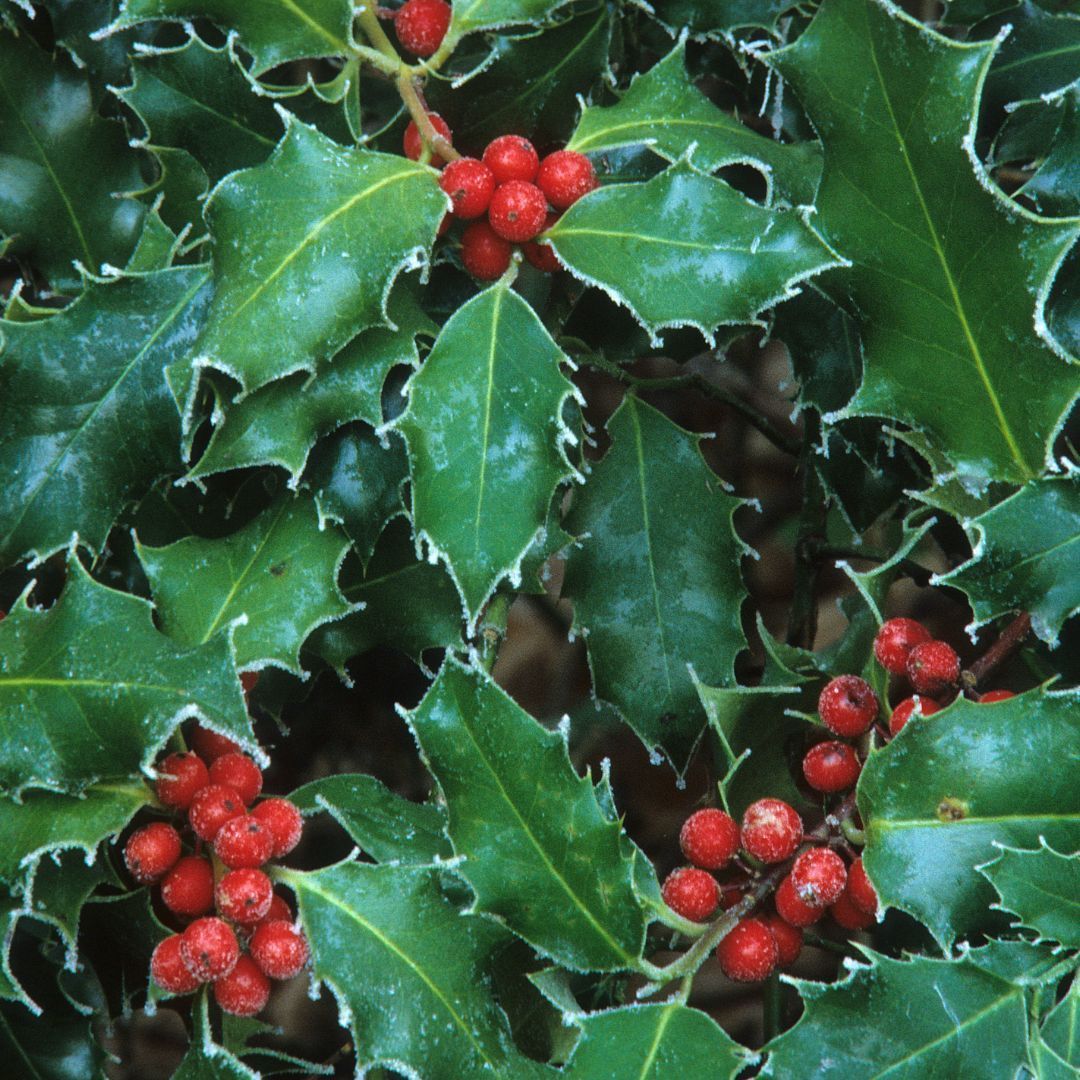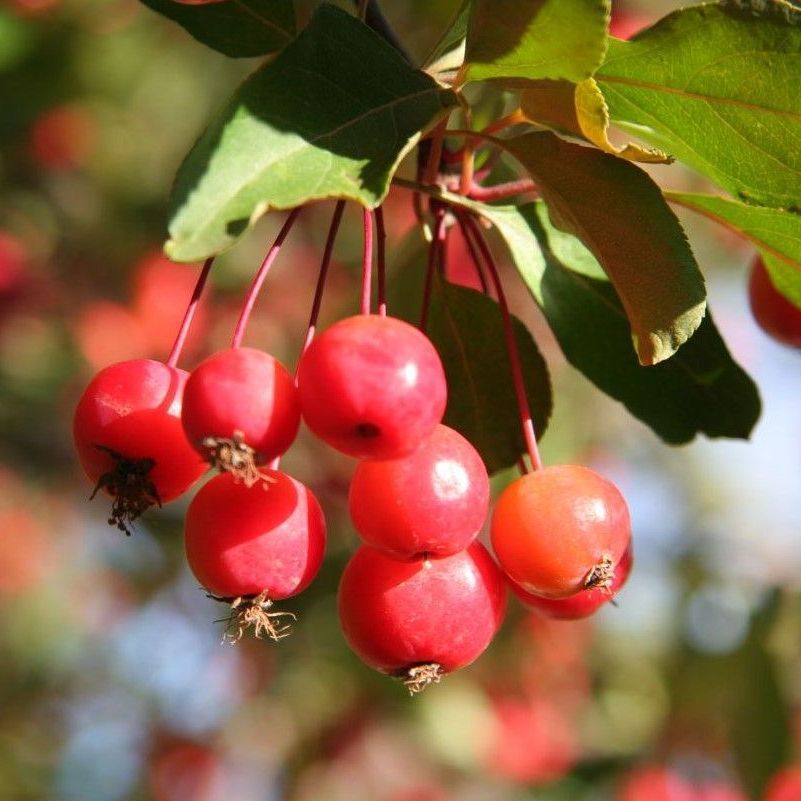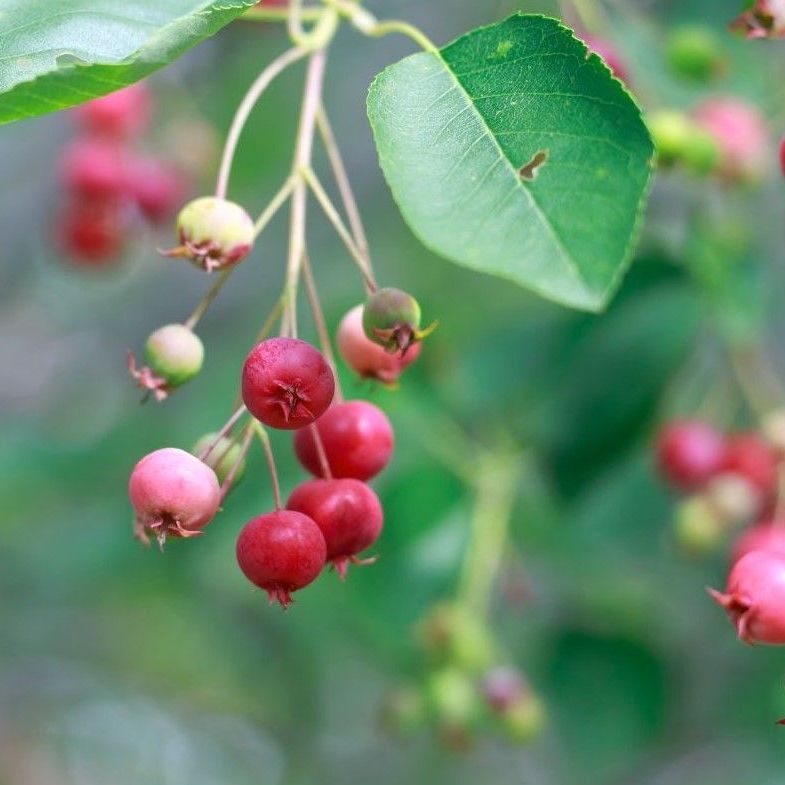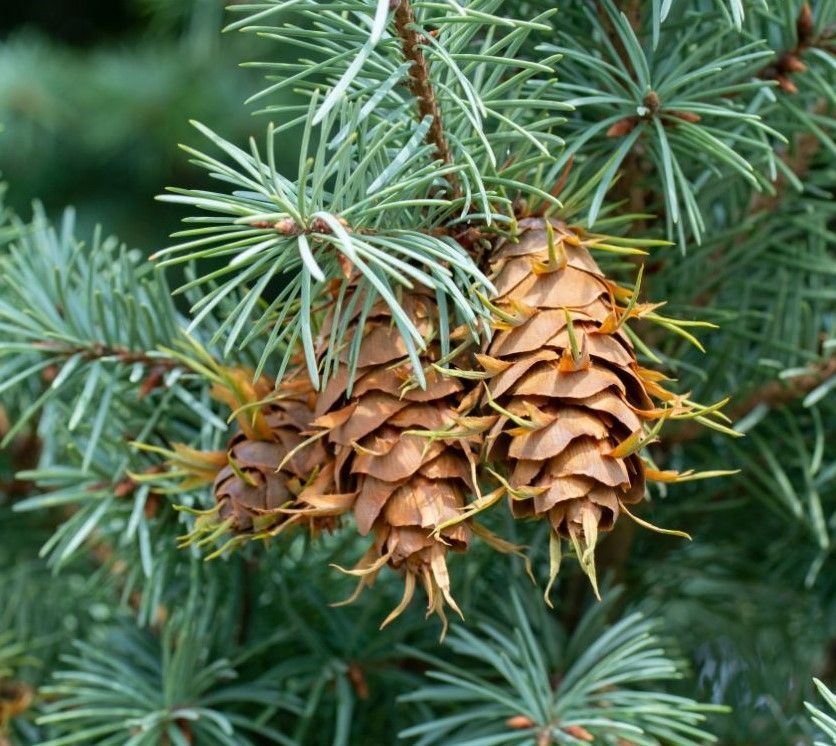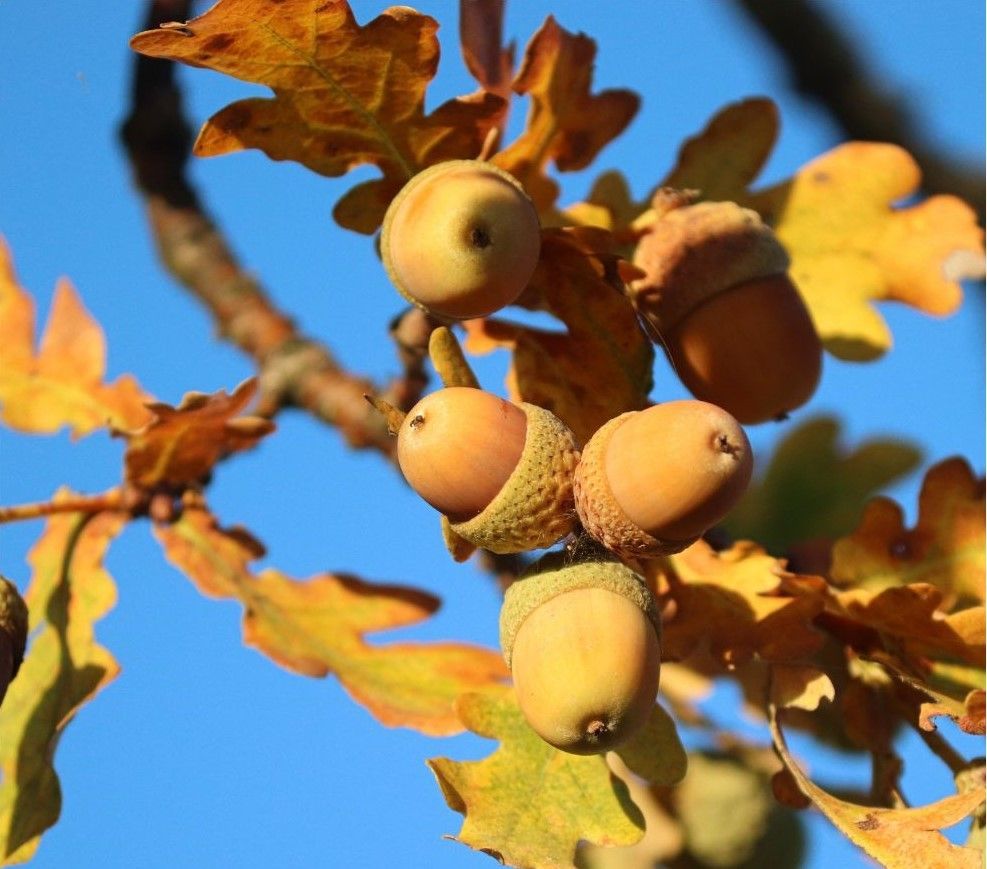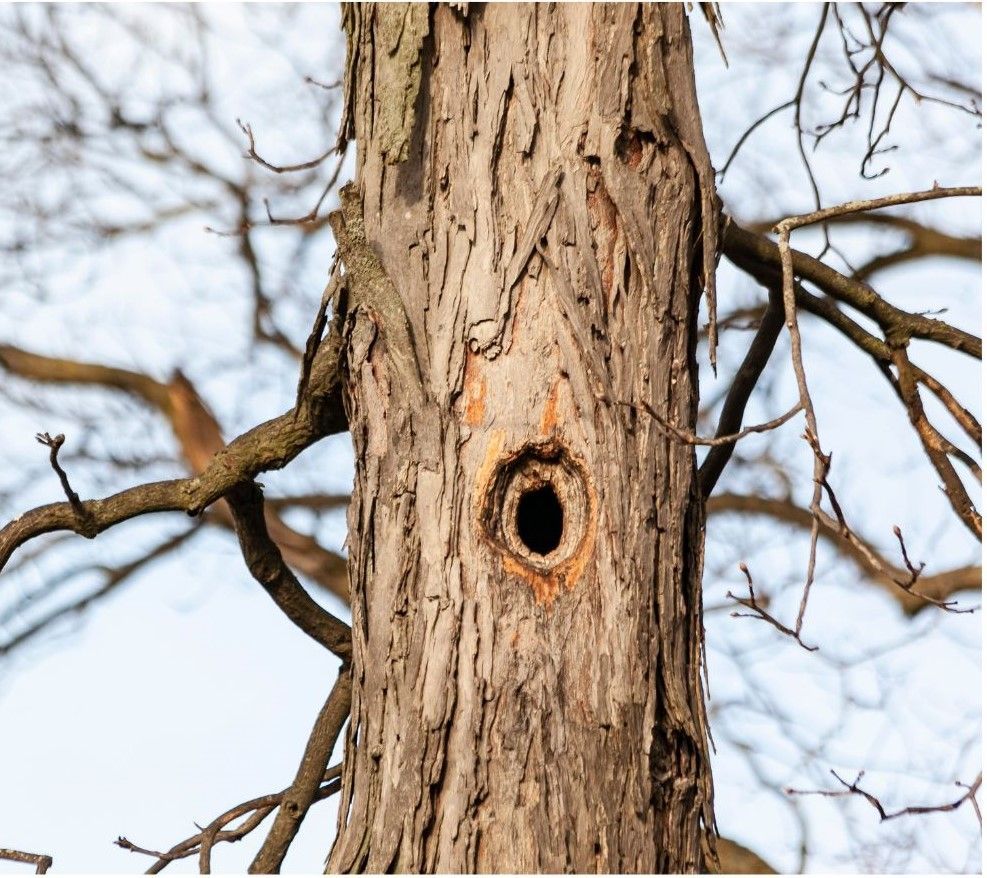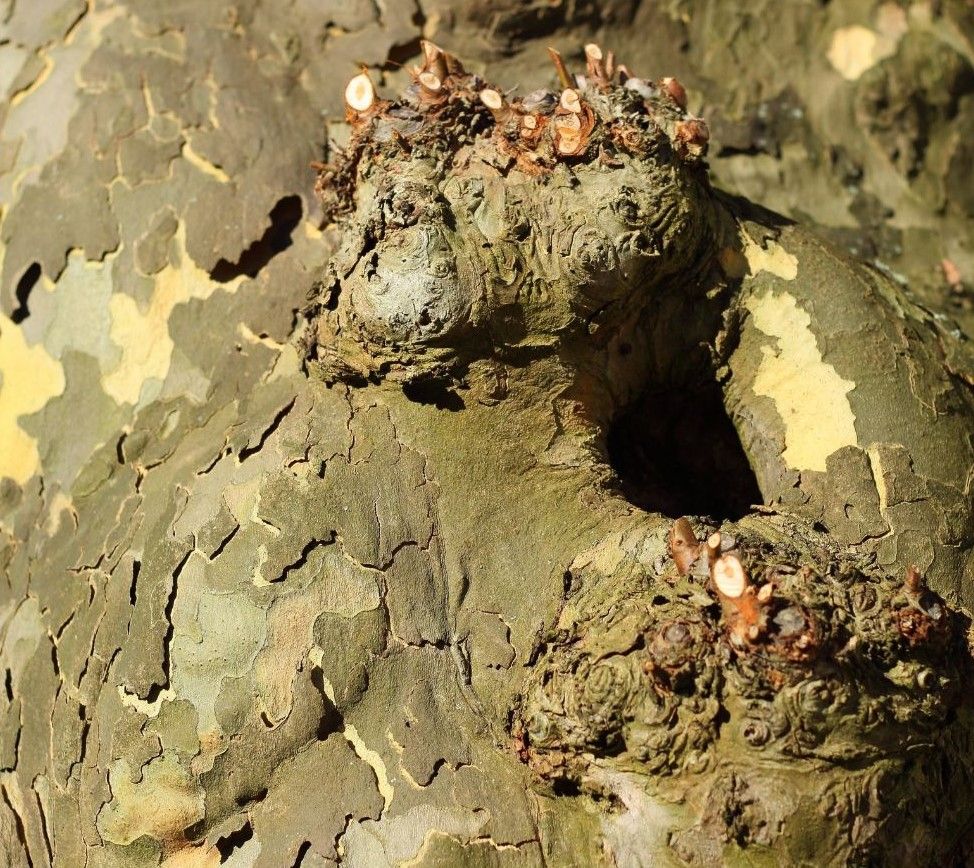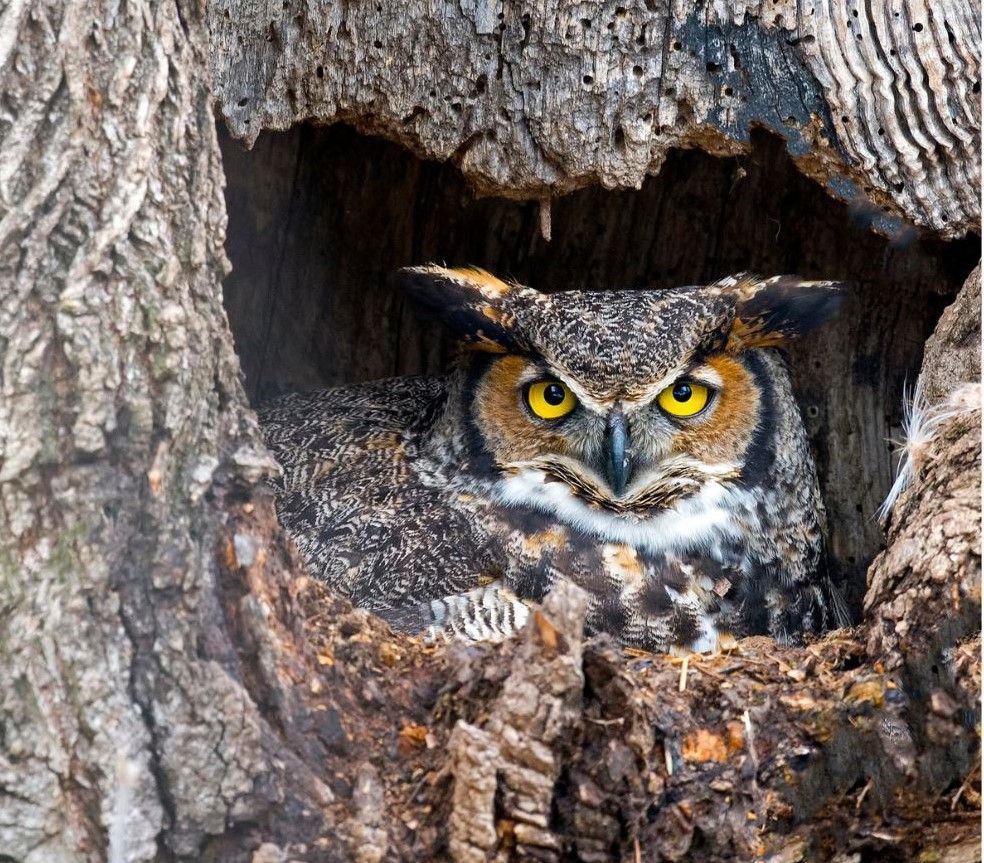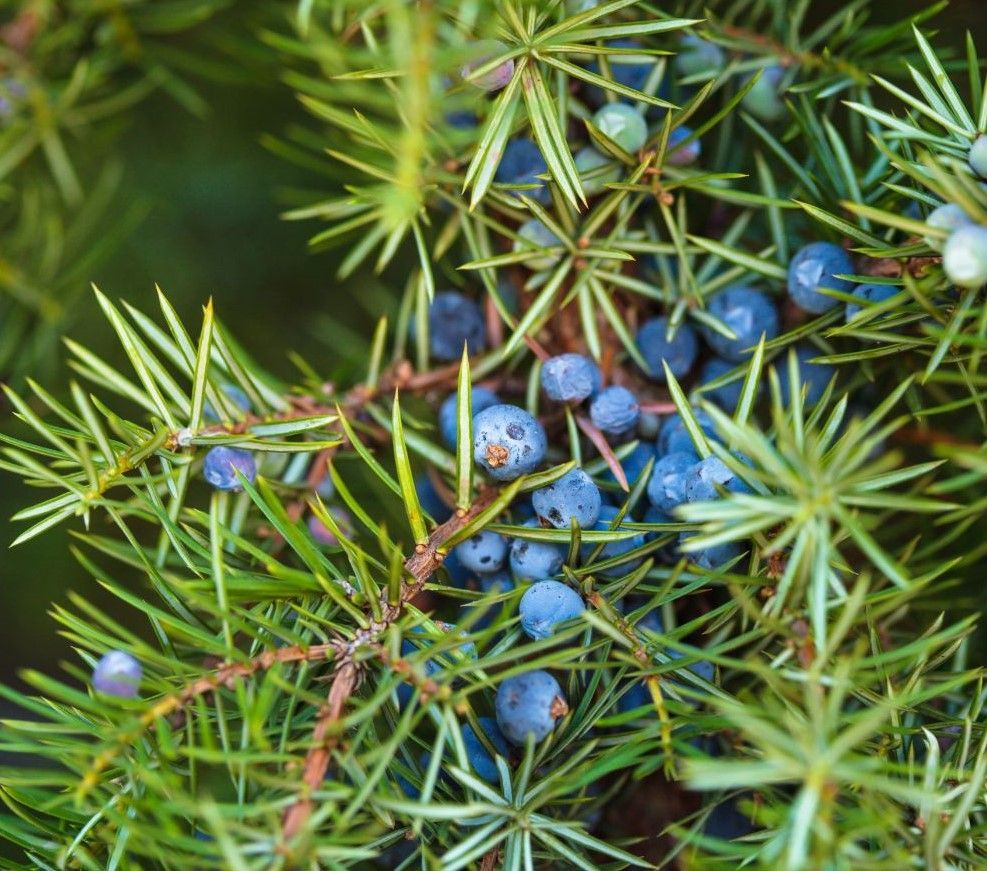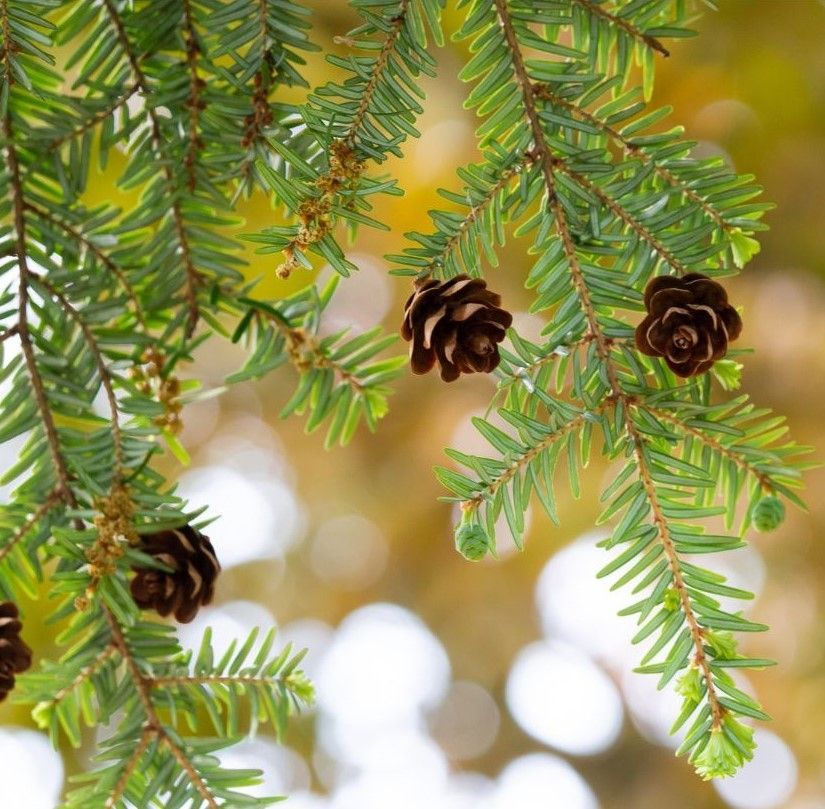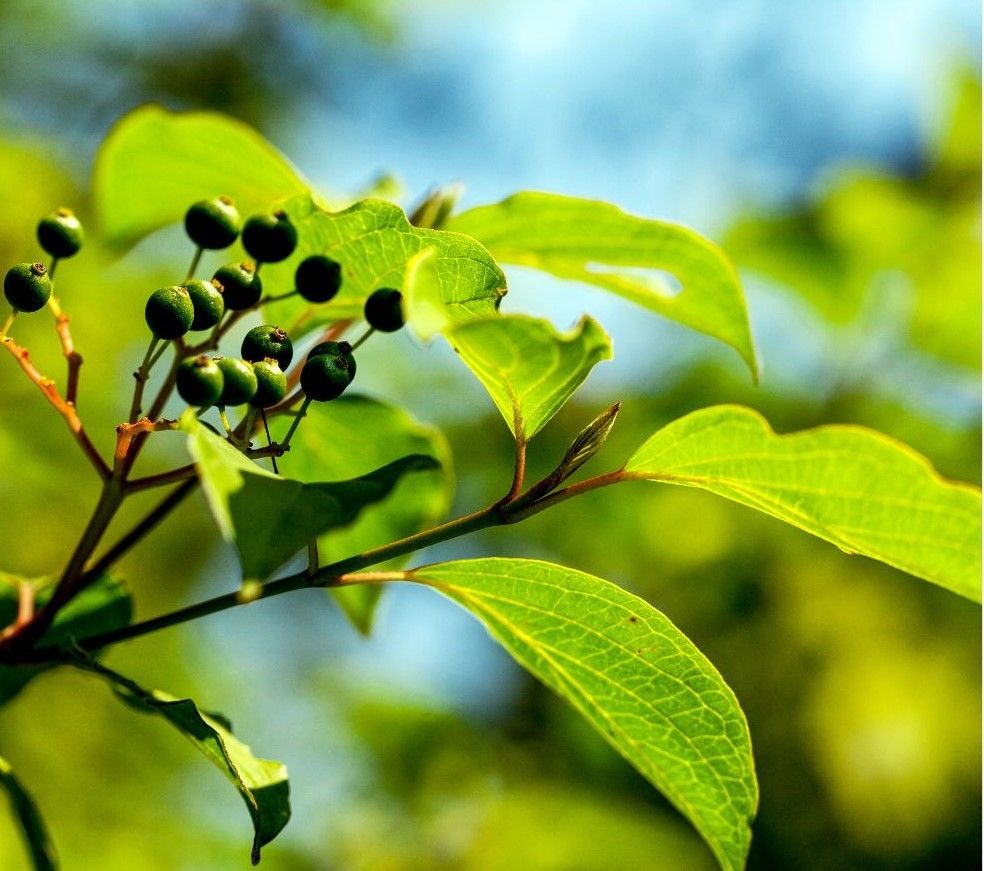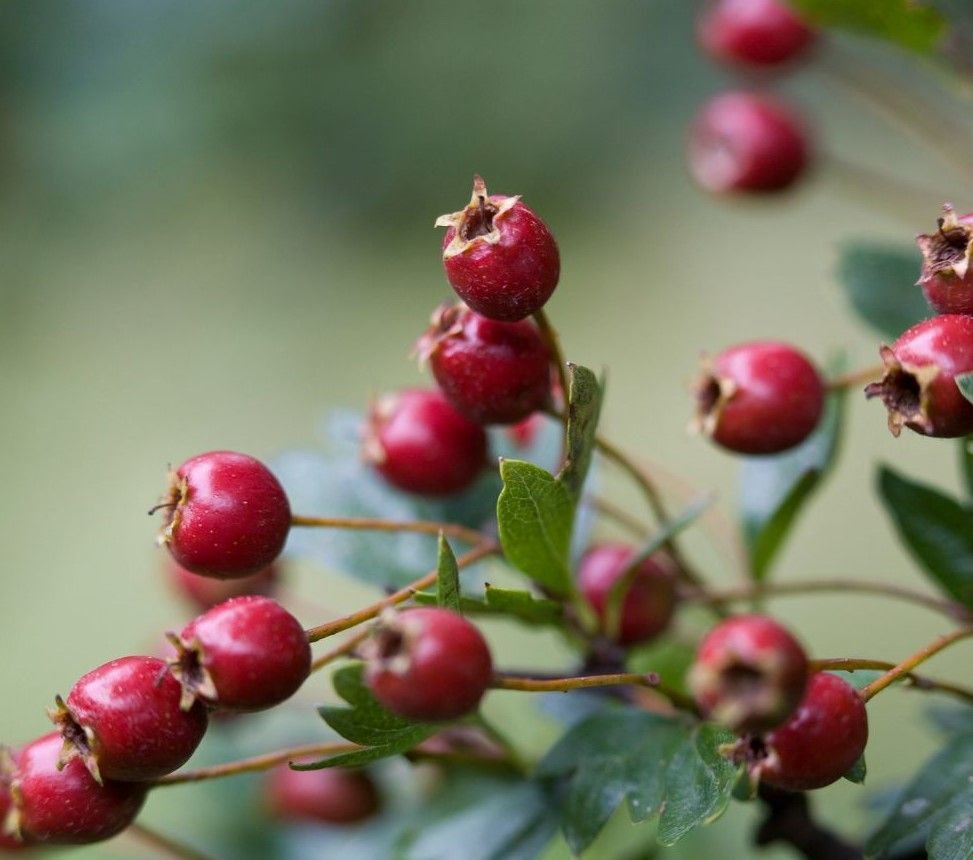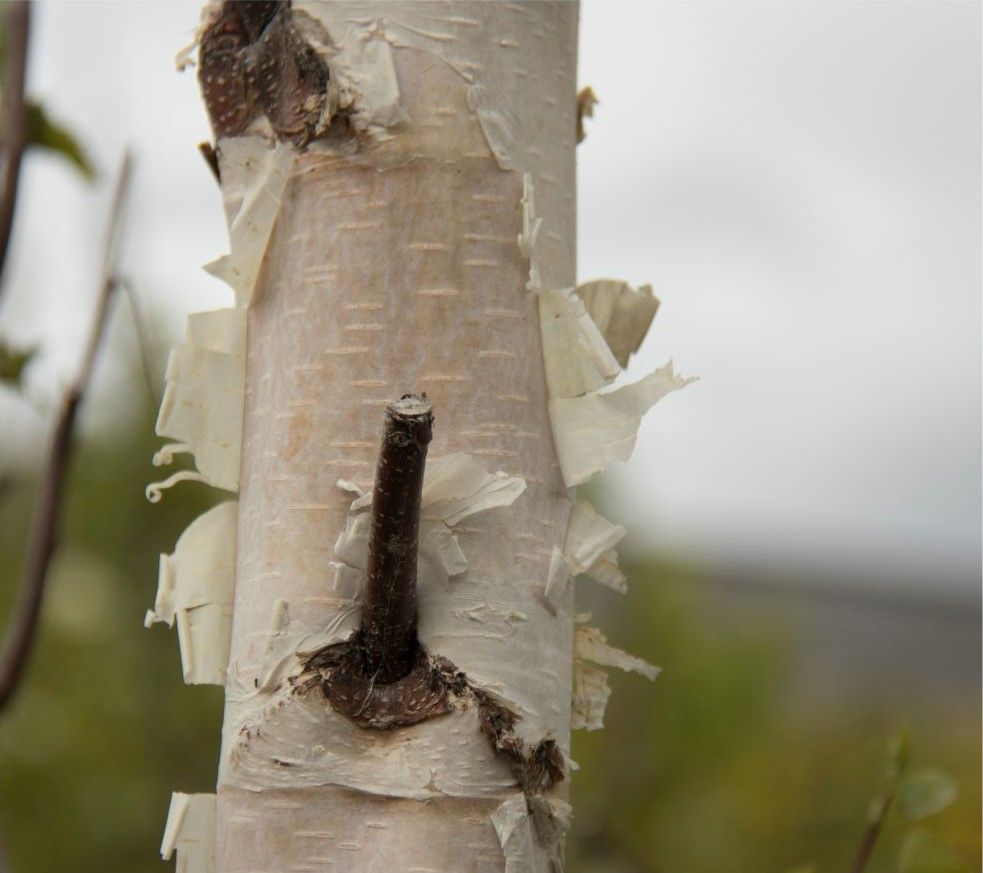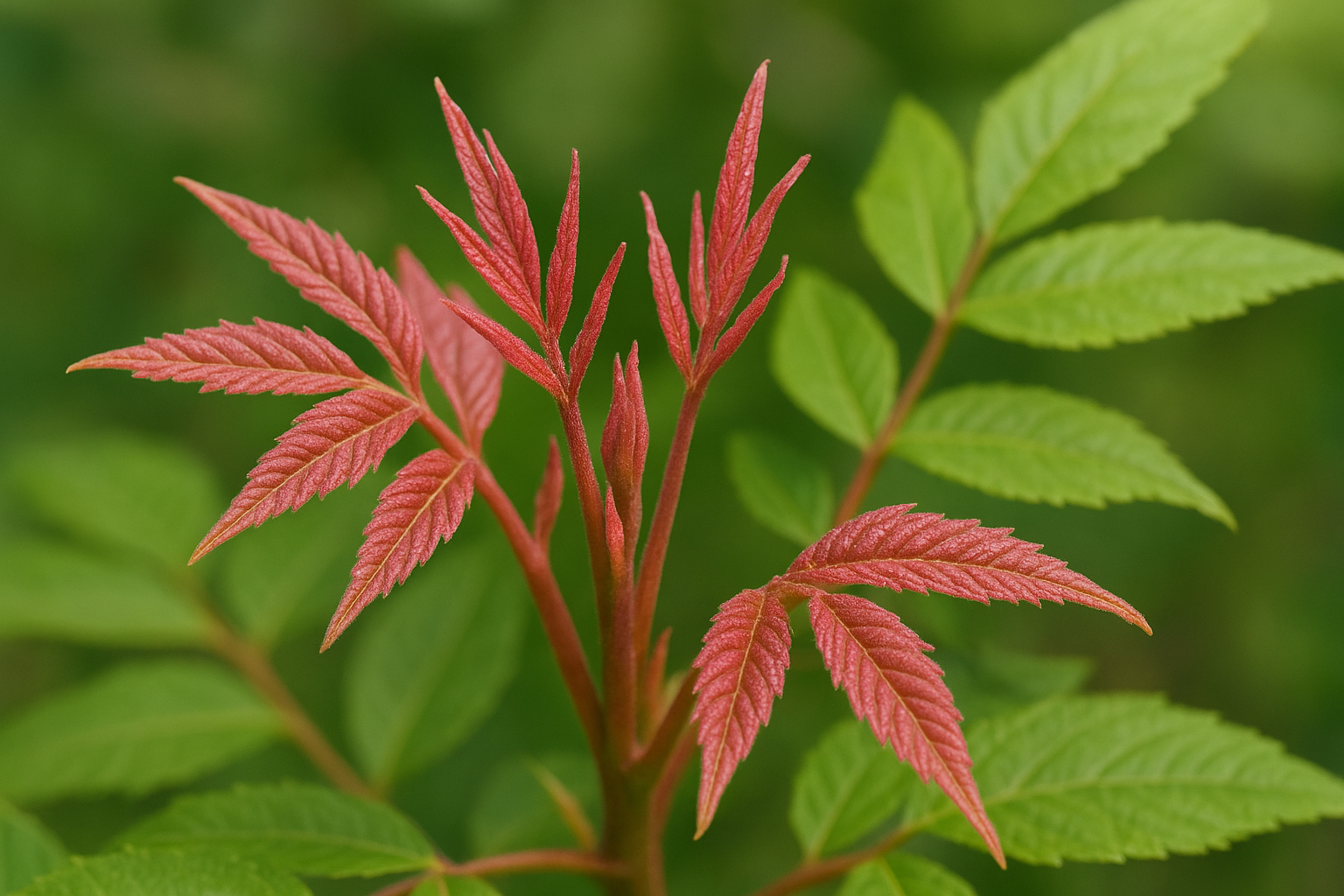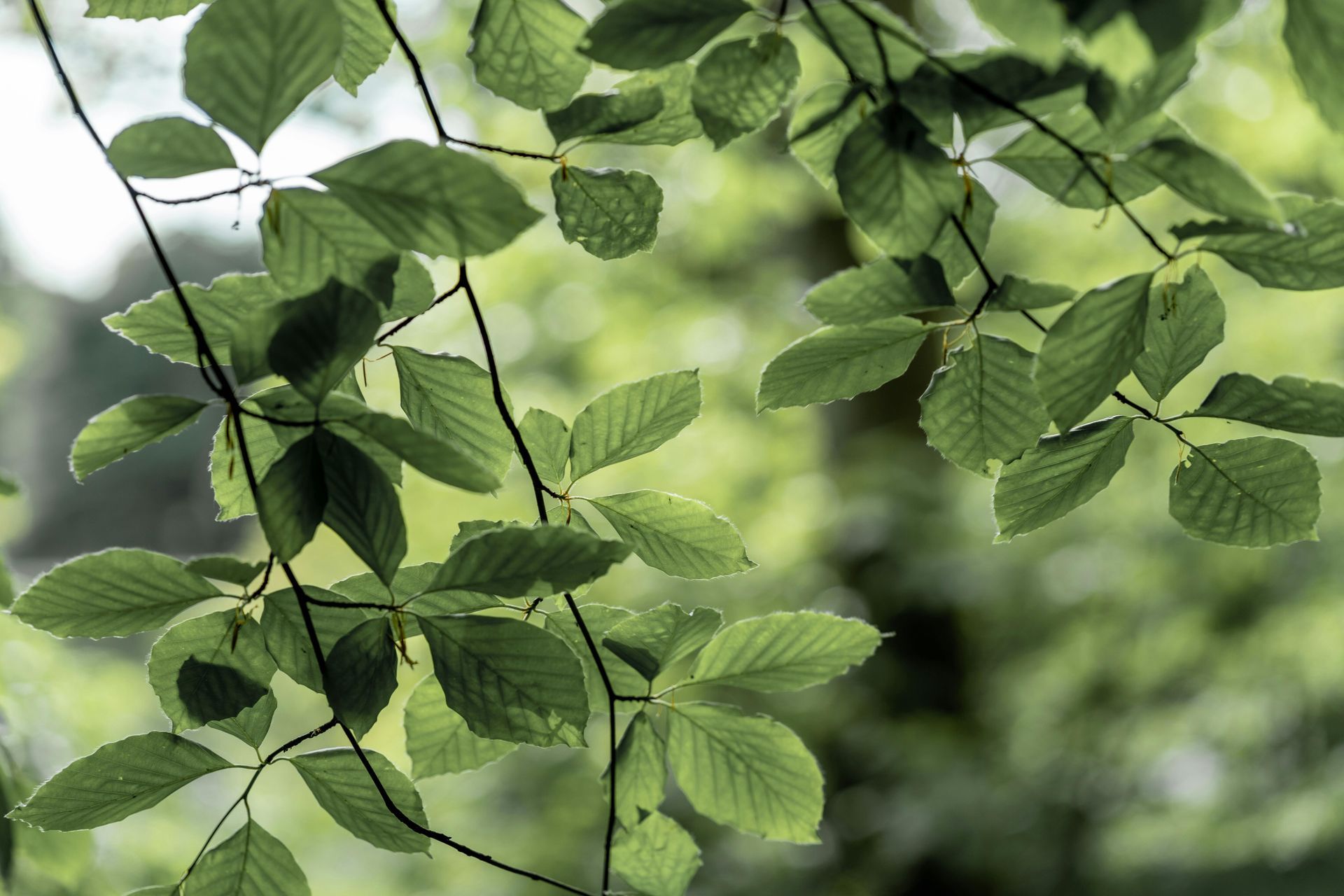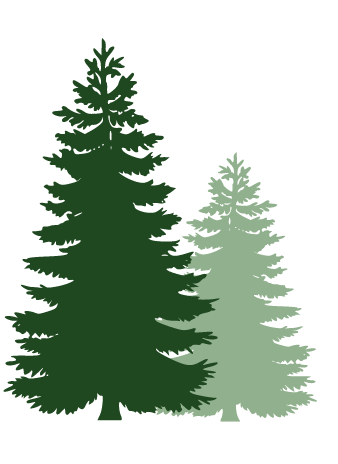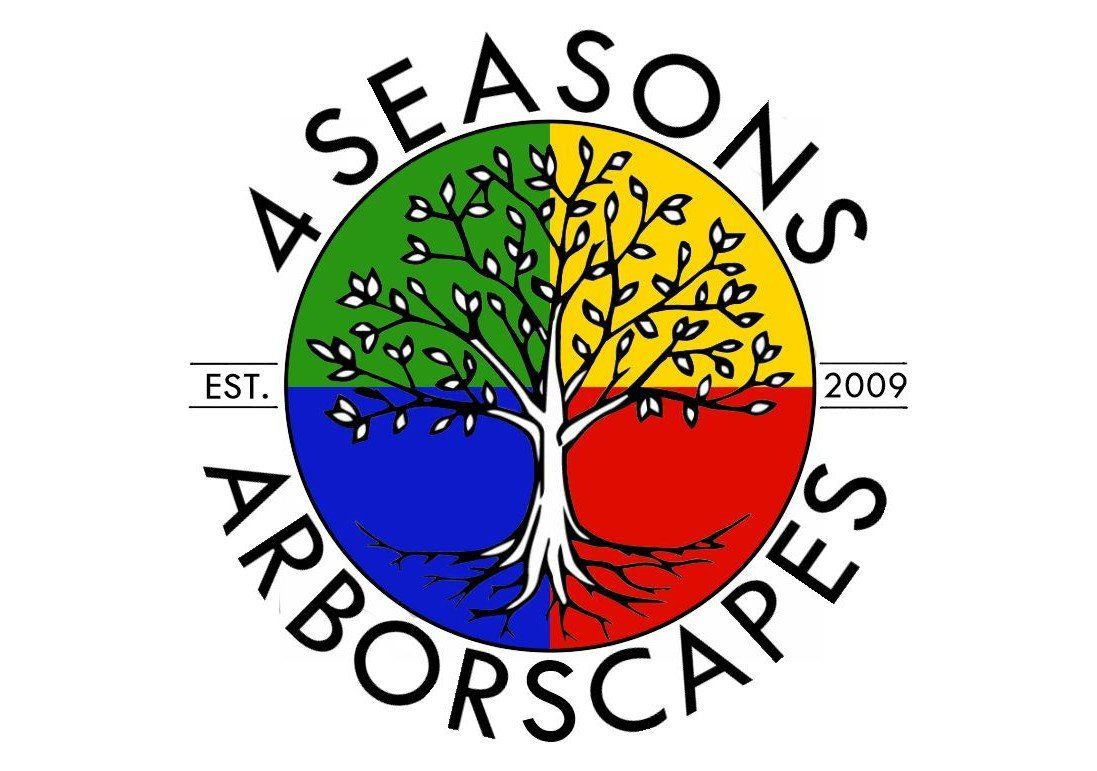Certain trees become essential lifelines for birds during the winter months, offering critical resources that are vital for survival when food and shelter are in short supply. As temperatures drop and natural food sources like insects and seeds diminish, these trees step in to provide nourishment through berries, fruits, seeds, and overwintering insects. Additionally, their sturdy branches and dense foliage offer much-needed protection from the cold, wind, and predators. By understanding which trees are most beneficial to birds in winter, we can support local bird populations and foster a thriving, biodiverse environment during this challenging season.
How Trees Support Birds in the Winter
Before we get into specifics, let's take a look at how trees support birds in the winter, and what makes certain trees better at this than others. In order to be a candidate for this list, a tree must act as:
A Source of Food
Look for trees that provide birds with a vital source of food during the winter months when other resources are scarce. Certain species like American hollies, crabapples, and serviceberries produce berries and fruits that remain on their branches into winter, offering a consistent nutrient-rich energy source. Coniferous trees, such as pines and firs supply seeds in their cones, a favorite food for species like chickadees, nuthatches, and crossbills. Additionally, trees with rough or peeling bark, such as oaks or shagbark hickories, harbor overwintering insects and larvae, which birds like woodpeckers and creepers rely on for nourishment.
Shelter from the Elements
Another important characteristic to look for is the ability to provide critical shelter for birds during the winter, helping them endure harsh conditions. Conifers are especially good at this, as they offer dense evergreen foliage that shields birds from wind, snow, and freezing rain. Older trees with natural cavities or those carved out by woodpeckers create ideal roosting spots, offering warmth and protection. Even trees with thick branch structures and bare canopies can provide perches and a measure of safety from predators.
Nesting and Roosting Sites
Trees with natural nooks and coniferous canopies play a crucial role in providing birds with shelter during winter. Species like sycamores and cottonwoods, which often develop hollow sections, offer safe spaces for birds to nest or roost. Coniferous trees, with their dense foliage, provide additional warmth and protection, making them a favored roosting spot for birds such as mourning doves and goldfinches. Together, these trees create vital havens that help birds endure the challenges of the colder months.
Community and Foraging Areas
Trees that provide abundant food or shelter become vital hubs for bird activity, attracting diverse species and supporting mixed flocks. These flocks not only share resources but also increase the chances of spotting and evading predators. Additionally, trees with low-hanging branches, such as junipers, create sheltered ground areas where birds can forage for fallen seeds or berries, offering another opportunity to find food during challenging times.
Why Bother?
This is a valid question that many people have: Why bother creating a winter landscape that attracts birds? In fact, many birds migrate for winter, and the ones that stay choose to stay where its cold and there's limited food sources. Despite the effort that goes into making a landscape that supports birds during the harshest times of the year, there are several benefits that we think outweigh the costs.
Benefits for the Birds
As we described in the previous section, winter can be a challenging season for birds, with limited access to food, water, and shelter. Creating a winter landscape that appeals to them ensures they have the resources needed to survive. Offering bird feeders, plants with berries, or a heated water source can make all the difference. Additionally, providing shelter, such as evergreen trees or brush piles, protects birds from harsh weather and predators. For both year-round residents and migratory birds passing through, a bird-friendly yard can serve as a critical winter home or rest stop.
Benefits for You
A winter landscape that attracts birds benefits you as well. Many birds, such as woodpeckers and chickadees, consume insects and pests, helping maintain a healthier yard for spring. Beyond practicality, the sight of colorful birds like cardinals, blue jays, or finches flitting through a snowy yard adds beauty and life to otherwise bleak winter days. By supporting local bird populations, you’re contributing to biodiversity and the balance of the ecosystem, which helps other wildlife in your area thrive. That's something to feel good about!
Trees that Appeal to Birds During Winter
Here is our list of trees that will likely attract various bird species, and reasons why they would attract them. You'll find that all fit the criteria we listed in section one (food sources and opportunities for shelter, roosting, and foraging). And even if you do not add these trees to your property, this is a good list for avid birdwatchers to know when scoping out an area for birds.
1. American Holly
(Ilex opaca)
2. Crabapple
(Malus spp.)
3. Serviceberry
(Amelanchier spp.)
4. Pine
(Pinus spp.)
5. Fir
(Abies spp.)
6. Oak
(Quercus spp.)
7. Shagbark Hickory
(Carya ovata)
8. Sycamore (Platanus occidentalis)
9. Cottonwood
(Populus deltoides)
10. Juniper
(Juniperus spp.)
11. Eastern Hemlock
(Tsuga canadensis)
12. Spruce
(Picea spp.)
13. Hackberry
(Celtis occidentalis)
14. Hawthorn (Crataegus spp.)
15. Birch
(Betula spp.)
Final Thoughts
Incorporating bird-attracting trees into your property is not only a step toward enhancing your landscape but also a meaningful way to support local wildlife. By understanding the criteria for attracting birds—such as providing food, shelter, and nesting sites—you can intentionally choose trees that meet their needs. The benefits extend far beyond aesthetic appeal: birds contribute to pest control, pollination, and even emotional well-being, making them valuable allies in maintaining a balanced ecosystem.
Whether it’s the vibrant berries of a serviceberry tree drawing in cedar waxwings or the protective canopy of an oak tree sheltering warblers, the 15 trees we’ve highlighted demonstrate the variety of ways you can transform your yard into a haven for feathered visitors. By planting even one or two of these species, you can play a significant role in supporting bird populations and creating a dynamic, lively environment right in your backyard.



